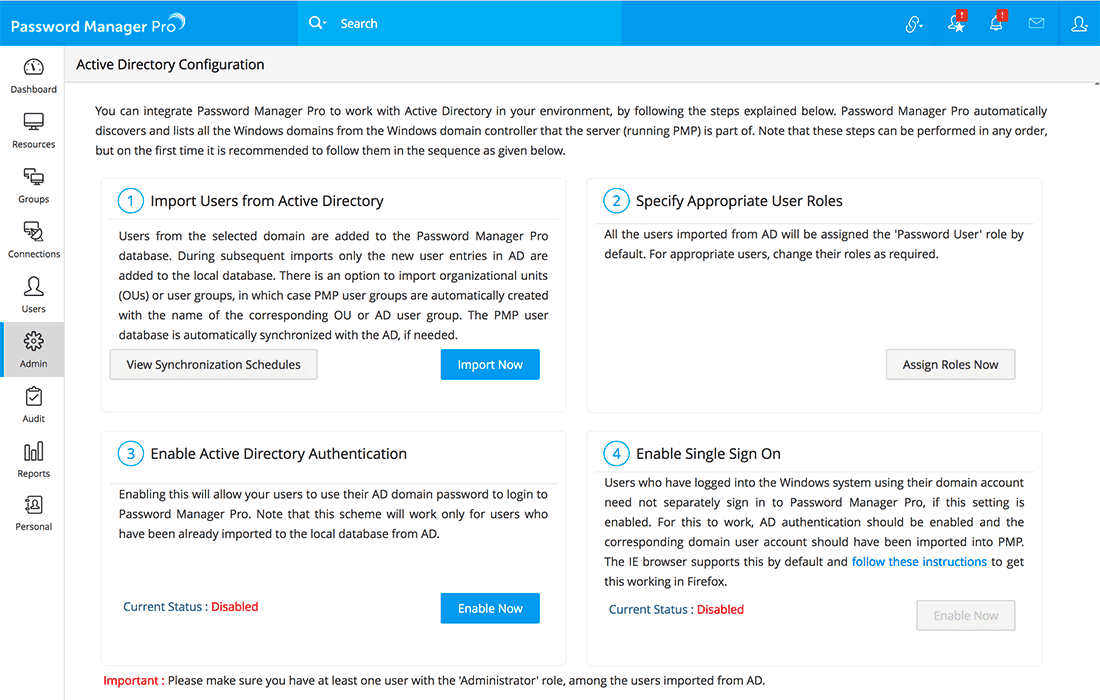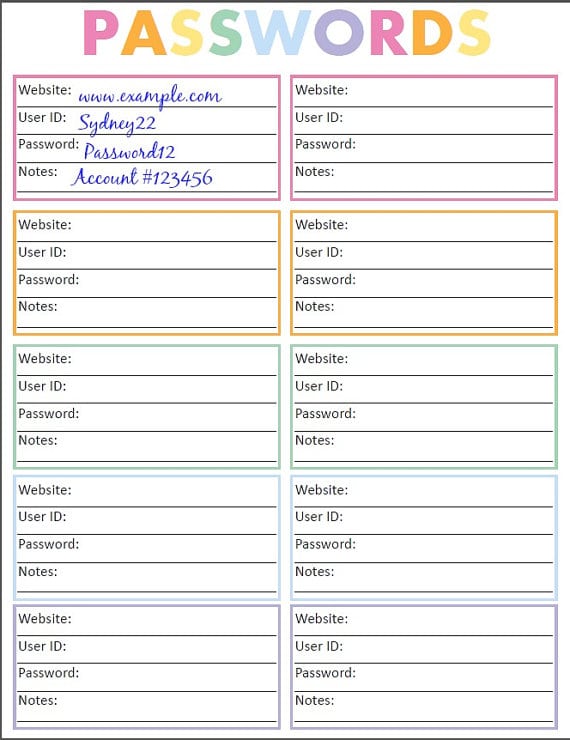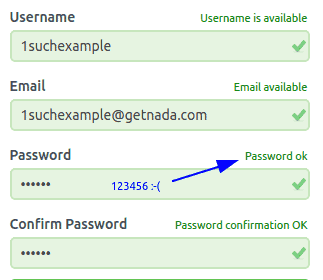

- Best practices for passwords manager admin manual#
- Best practices for passwords manager admin code#
- Best practices for passwords manager admin password#
Alternatively, you can use a cloud-hosted instance of the secrets manager at $0.03/hour. HashiCorp Vault is open source, giving you the option to host it yourself.
Best practices for passwords manager admin manual#
Most functionality is controlled through a CLI interface, which is good for automation but awkward for manual use. The user interface is far from intuitive and has a steep learning curve. However, the benefits of Hashicorp Vault do not come without tradeoffs. Vault has a strong API that is easily integrated into applications to retrieve secrets, which discourages developers from relying on hardcoded passwords and tokens. The product also provides granular control over access to different resources and a facility for administrators to revoke permissions as soon as something goes wrong. The technology can manage secrets for more than 100 different systems, including public and private clouds, databases, messaging queues, and SSH endpoints.Īmong the strengths of Hashicorp Vault is support for dynamically generated secrets. Vault integrates with your main identity provider, such as Active Directory, LDAP, or your chosen cloud platform. HashiCorp Vault is a popular enterprise solution for managing and securing passwords, tokens, encryption keys, certificates, API keys, and various other secrets. Here is a quick evaluation of a few popular secrets management products. Centralized management: A secrets management installation should provide real-time visibility and control on how users, services, and devices access secrets across the enterprise.Integration: Any product or service must provide various tools such as plugins, APIs, and CLIs to automate the storage and retrieval of secrets.Support for different types of users: Many IT systems must regulate not only human access but also how machines and services access digital resources.


Support for various authentication organizations: The technology should enable you to adjust your secrets access policy based on your organizational structure using roles, groups, etc.Support for range of authentication protocols: Aside from passwords, the solution must support certificates, encryption keys, API tokens, and other kinds of authentication systems that constitute the security backbone of your IT system.Support for various IT configurations: A good secrets manager should equally support cloud, multi-cloud, on-prem, and hybrid IT systems.There are a few key features to look for in secrets managers: Secret managers can store all sorts of secrets (passwords, API tokens, certificates, etc.) and control how humans, devices, and services access them. One way to avoid secrets sprawl is to use a ‘secrets manager’, a tool that securely stores and manages secrets throughout their lifecycle. This results in ‘secrets sprawl’ – logins and other credentials stored in many places – a practice that is often a contributory factor in data breaches.
Best practices for passwords manager admin code#
Not infrequently, this leads to employees using ad hoc and insecure methods to manage authorization, such as storing secrets in plaintext files, hardcoding tokens in source code files uploaded to GitHub repositories, and storing encryption keys in unprotected S3 buckets. Liked this article? Sign up to our new newsletter – Daily Swig Deserialized The problem is that these resources are often spread across many platforms, including on-premise (on-prem) servers, cloud-based services, serverless applications, and container orchestration tools, making it very difficult to manage secrets in an efficient way. To secure these resources, enterprises need tools to manage secrets, including passwords, encryption keys, SSH (secure shell) keys, API tokens, certificates, and more. Modern enterprises run dozens (and sometimes hundreds) of servers, services, applications, APIs, containers, and other technologies.
Best practices for passwords manager admin password#
The second part of our password manager series looks at business-grade tech to handle API tokens, login credentials, and more


 0 kommentar(er)
0 kommentar(er)
